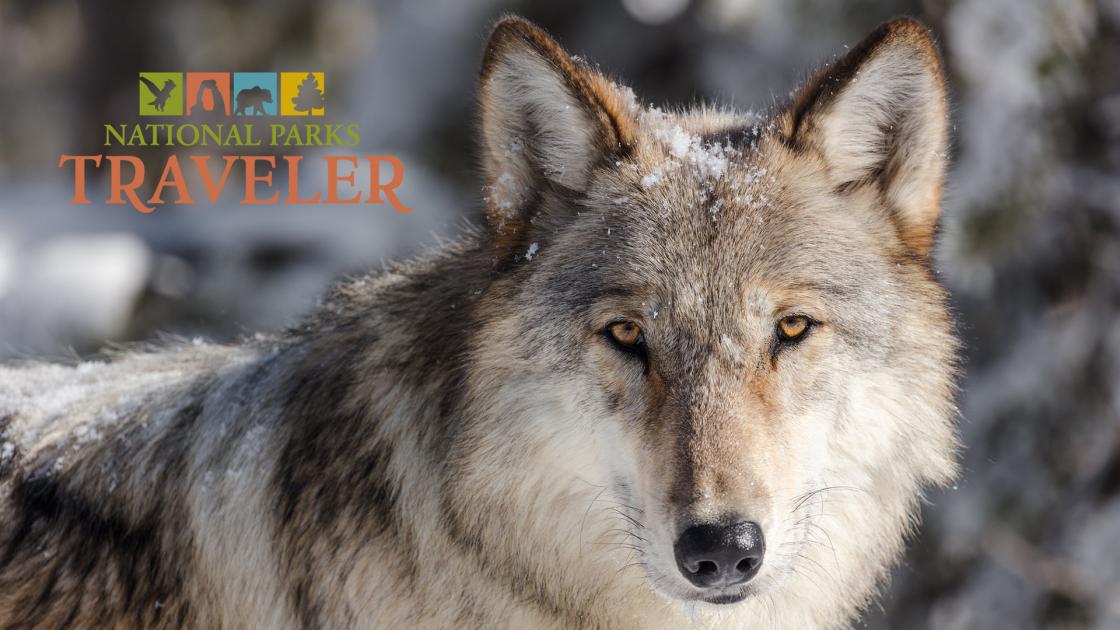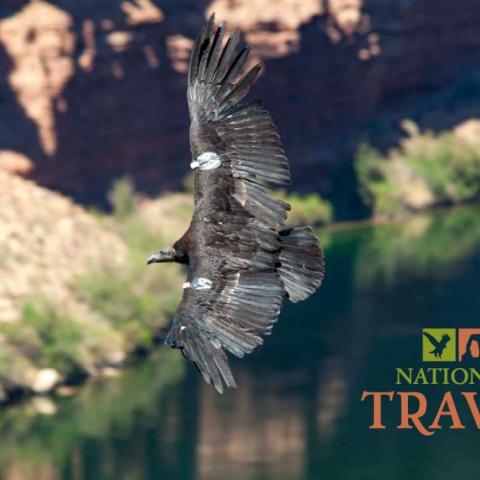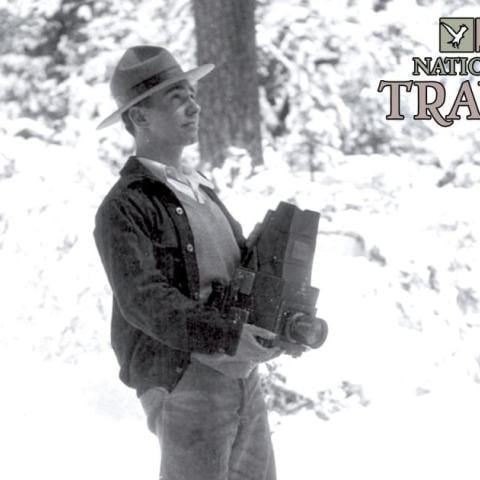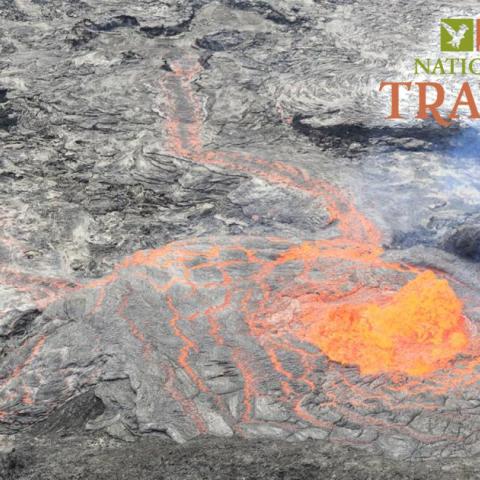It’s been nearly 30 years since Yellowstone National Park’s wolf recovery program began. Since then, the keystone predator has been reestablished in the park with roughly 100 wolves in eight packs. They have impacted the ecosystem in myriad ways, from preying on elk and bison to possibly helping aspen groves reestablish in the park.
In 2008, then Interior Secretary Dirk Kempthorne launched the federal government’s Bison Conservation Initiative, a program to expand bison populations on public lands. It’s an ongoing initiative that not only helps preserve the species' gene pool, but benefits many other flora and fauna.
Wolves and bison are just two species that have benefited from restoration efforts. As society works to clean up the environment, there are other successes. Most notably, humpback whales have recently increased their presence not only along the Atlantic Coast, but in waters of the New York-New Jersey metropolitan area.
The Biden administration’s desire to preserve at least 30 percent of the country’s lands and waters for nature by 2030 has heightened the public’s interest in nature, and spurred countless conversations into not only how that goal can be achieved, but about the benefits that it will generate.
Today our guests, Professor William Ripple from Oregon State University, Michael Phillips from the Turner Endangered Species Fund, and Elaine Leslie, who was the National Park Service’s chief for biological resources, discuss their proposal to expand the territories of wolves and beavers in the American West to "Rewild the West."











